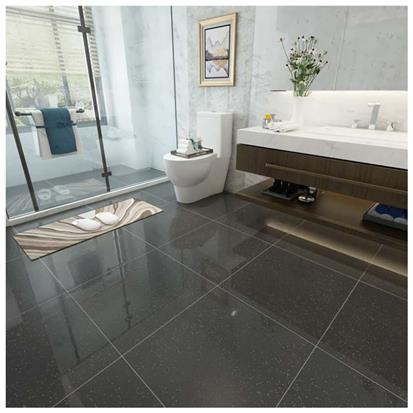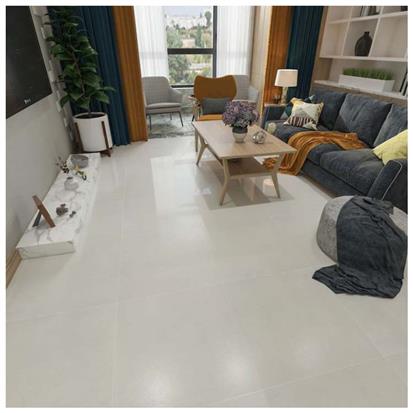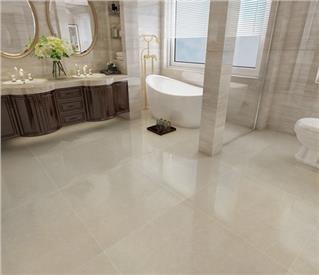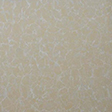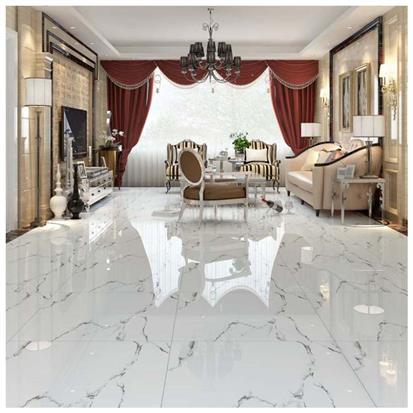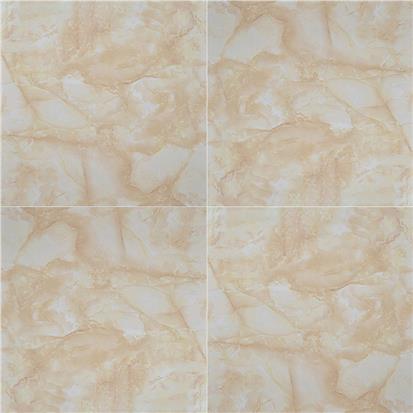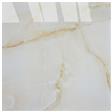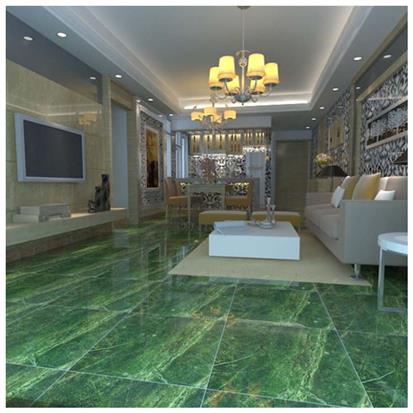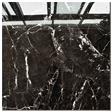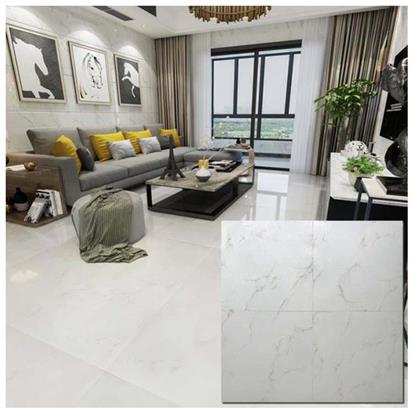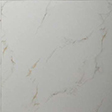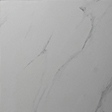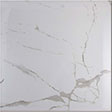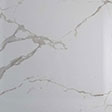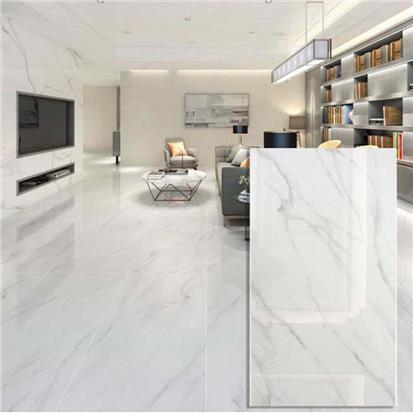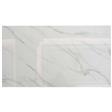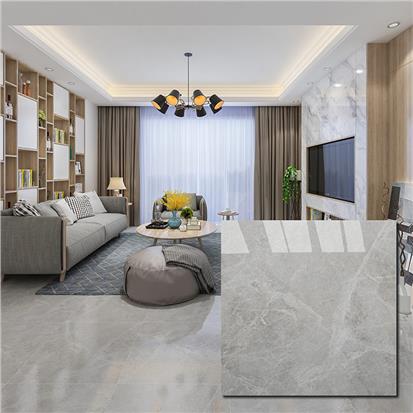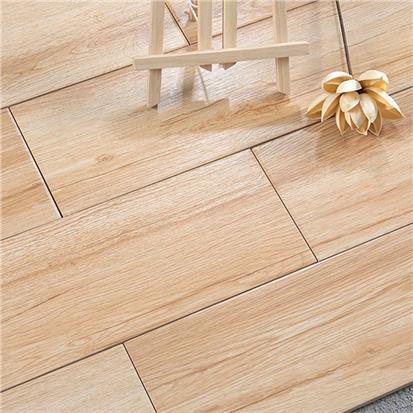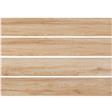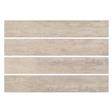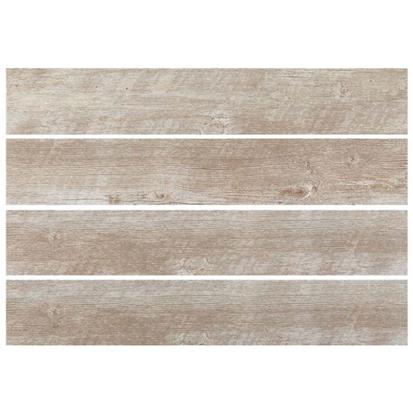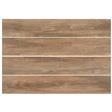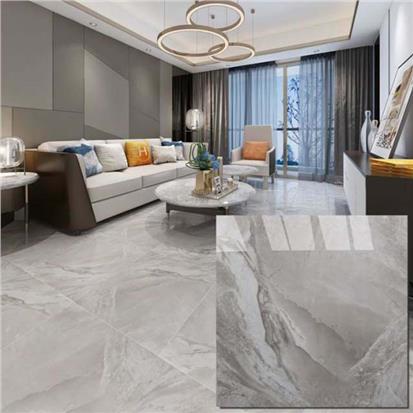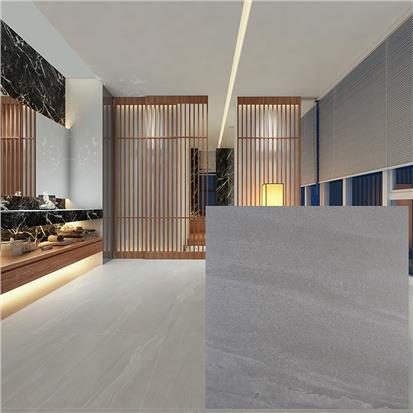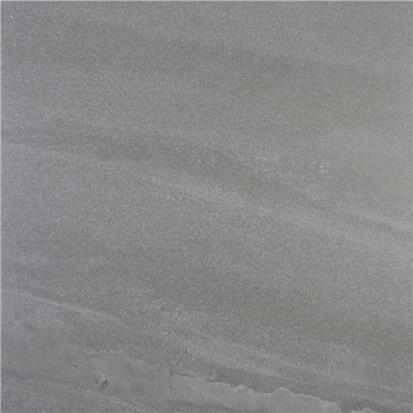Ceramic tiles are a popular choice for flooring, walls, and backsplashes due to their durability, versatility, and timeless appeal. Whether you're renovating a kitchen, designing a bathroom, or upgrading your outdoor patio, ceramic tiles offer a stylish and practical solution.
With countless designs, textures, and finishes available, finding the perfect ceramic tile for your space can be overwhelming. This guide will help you understand the benefits of ceramic tiles, different types, installation tips, and maintenance best practices to ensure you make the best choice for your home.
1. What Are Ceramic Tiles?
Ceramic tiles are made from natural clay, sand, and water, which are molded and then fired at high temperatures to create a hard, durable surface. They are available in a variety of finishes, colors, and patterns, making them suitable for both functional and decorative applications.
These tiles are widely used in residential and commercial spaces due to their resistance to water, stains, and wear. They are commonly found in bathrooms, kitchens, hallways, and outdoor areas.
2. Benefits of Using Ceramic Tiles
2.1 Durability & Longevity
✔ Scratch-resistant: Ideal for high-traffic areas.
✔ Moisture-resistant: Perfect for bathrooms and kitchens.
✔ Heat-resistant: Safe for areas near stoves and fireplaces.
2.2 Easy Maintenance
✔ Simple to clean: Just use warm water and mild detergent.
✔ Resistant to stains and spills: Great for homes with kids and pets.
2.3 Versatile Design Options
✔ Available in matte, glossy, and textured finishes.
✔ Can mimic wood, stone, and other natural materials.
✔ Endless choices in colors, patterns, and sizes.
2.4 Cost-Effective
✔ More affordable than natural stone or hardwood flooring.
✔ Long lifespan reduces the need for frequent replacements.
3. Types of Ceramic Tiles
3.1 Glazed vs. Unglazed Ceramic Tiles
Glazed Ceramic Tiles:
✔ Smooth, glossy finish with protective coating.
✔ Resistant to stains and scratches.
✔ Available in a variety of colors and patterns.Unglazed Ceramic Tiles:
✔ Natural, matte finish with rustic appeal.
✔ Slip-resistant, making them ideal for outdoor areas.
✔ More porous and may require sealing.
3.2 Porcelain vs. Non-Porcelain Ceramic Tiles
Porcelain Tiles:
✔ Denser and more water-resistant than regular ceramic tiles.
✔ Suitable for outdoor use and high-traffic areas.
✔ Available in wood-look and stone-look designs.Non-Porcelain Ceramic Tiles:
✔ Lighter and easier to install.
✔ Ideal for indoor walls, kitchen backsplashes, and low-traffic areas.
✔ More affordable than porcelain tiles.
4. Best Uses for Ceramic Tiles
4.1 Bathroom & Kitchen Walls
Glossy ceramic tiles are ideal for backsplashes as they are easy to wipe clean.
Mosaic tiles can create stunning accent walls.
4.2 Flooring in High-Traffic Areas
Matte or textured ceramic tiles provide better slip resistance.
Large-format tiles make small spaces appear bigger.
4.3 Outdoor & Patio Spaces
Choose porcelain or unglazed ceramic tiles for outdoor areas as they are weather-resistant.
Stone-look tiles enhance patios and walkways.
4.4 Feature Walls & Decorative Designs
Patterned and hand-painted ceramic tiles add a unique artistic touch.
Can be used in fireplaces, staircases, and entryways.
5. How to Choose the Right Ceramic Tiles for Your Space
5.1 Consider Tile Size & Layout
Large tiles (24x24 inches) create a seamless, modern look.
Small mosaic tiles are great for backsplashes and shower walls.
Subway tiles (3x6 inches) offer a classic, timeless style.
5.2 Choose the Right Finish
Glossy finish: Best for walls and backsplashes (easy to clean).
Matte finish: Ideal for floors and high-traffic areas (slip-resistant).
Textured finish: Enhances grip for wet areas like bathrooms.
5.3 Match with Your Interior Style
Modern Homes: Large, neutral-colored tiles (gray, white, beige).
Rustic Designs: Terracotta, wood-look, or stone-look tiles.
Classic & Elegant: Marble-look ceramic tiles with subtle veining.
6. Installation Tips for Ceramic Tiles
✔ Prepare the Surface – Ensure the surface is clean, level, and dry.
✔ Use Tile Spacers – Maintain consistent spacing for even grout lines.
✔ Apply Adhesive Evenly – Use a notched trowel for a strong bond.
✔ Grouting & Sealing – Choose the right grout color to enhance aesthetics.
✔ Allow Proper Drying Time – Wait at least 24 hours before using the tiled area.
7. Maintenance Tips for Long-Lasting Ceramic Tiles
✔ Regular Cleaning: Sweep or vacuum dust and debris daily.
✔ Mop with Mild Detergent: Avoid harsh chemicals that can damage the finish.
✔ Seal the Grout: Prevents moisture absorption and mold buildup.
✔ Avoid Heavy Impact: Although durable, ceramic tiles can chip under extreme force.
8. Ceramic Tile Trends for 2025
8.1 Large-Format Tiles
Oversized tiles (48x48 inches) reduce grout lines for a sleek, modern look.
8.2 Wood-Look Ceramic Tiles
A great alternative to hardwood flooring, offering durability and water resistance.
8.3 Bold & Geometric Patterns
Encaustic-inspired and Moroccan-style tiles are making a huge comeback.
8.4 Sustainable & Eco-Friendly Tiles
More brands are offering recycled ceramic tiles to reduce environmental impact.
9. Where to Buy High-Quality Ceramic Tiles
 EN
EN FR
FR PT
PT AR
AR
